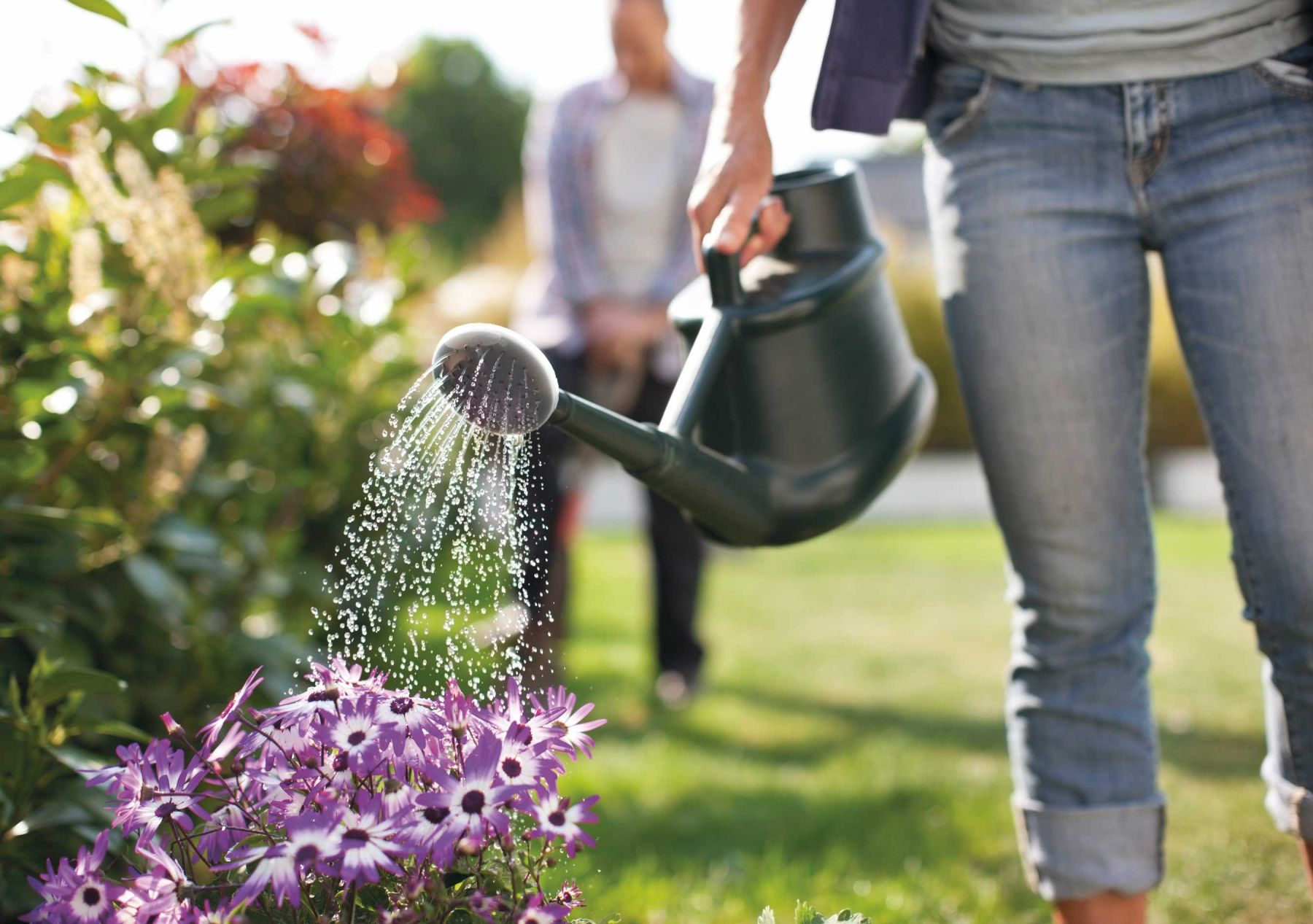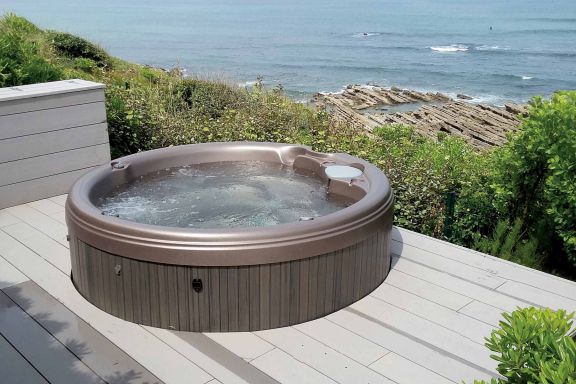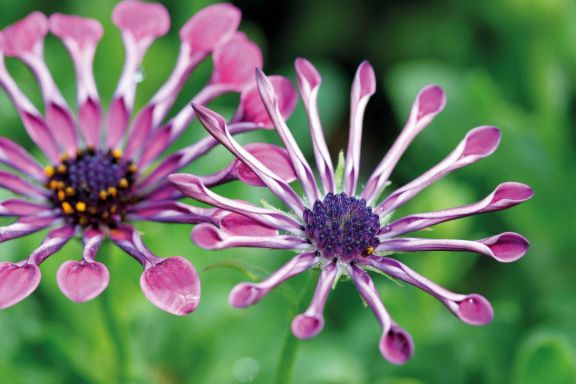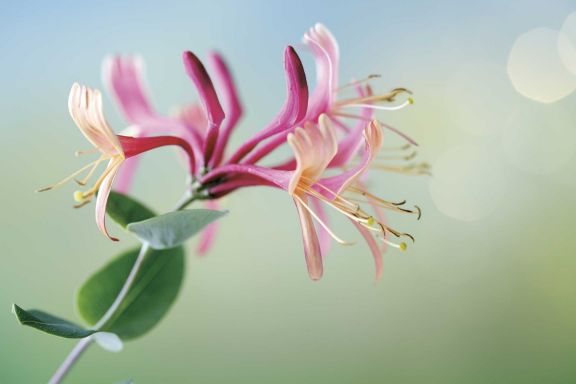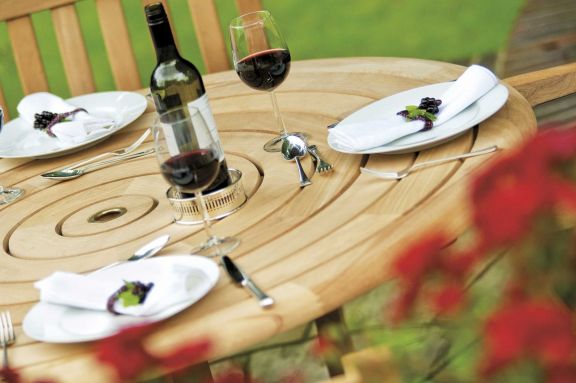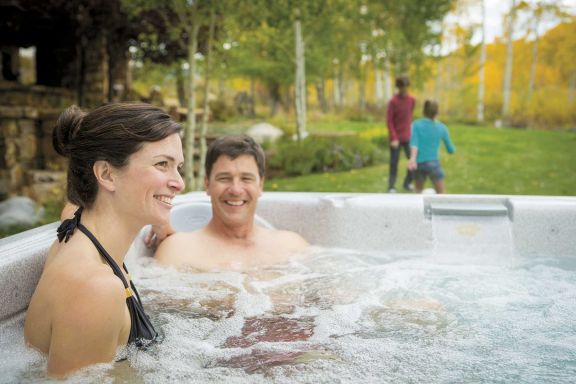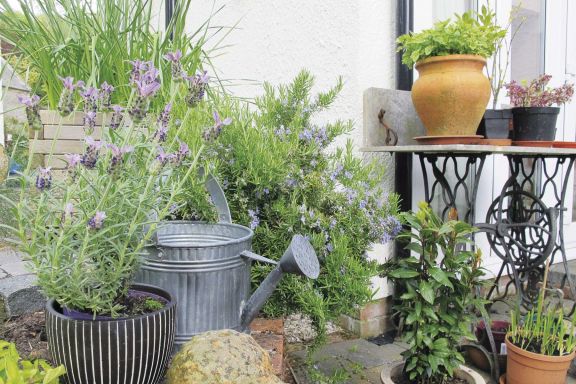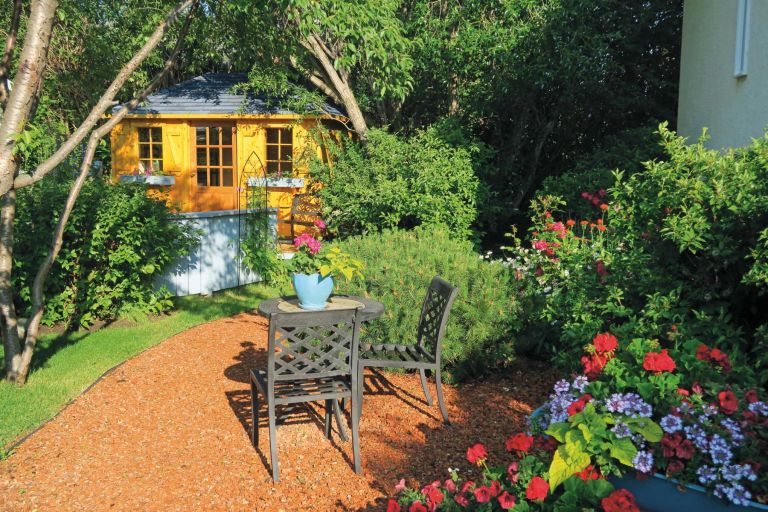
Design
The thought of designing a garden is intimidating, which is probably why many small gardens end up with too many elements in them. Simple layouts minimise clutter and make spaces seem bigger.
Before you start, think about a couple of things and let them guide your decision. Firstly, what view do you want of the garden from the house? And secondly, what will the main purpose of the garden be?
Where to start?
"Keep it simple and uncluttered. Adding a shed for garden equipment is useful and doesn't use much room. You can maximise space with under-seat storage, too," says South Hams-based garden designer Alice Blount.
Trick the eye by creating interlocking areas, hidden spaces or focal points. If your eye is drawn to the furthest point of the garden it will seem larger, and not being able to see the whole area in one glance will give it extra dimension.
Make the most of width, length and height. Plant climbers to grow up fences or install shelves on walls to hold plant pots.
Be inspired by the simple lines of classic Italianate gardens, or go the other way and allow lush foliage and dense planting to give a 'secret garden' feel.
Spin your design by 45° so borders are located in corners and paving lines run at a diagonal, adding movement and a sense of space.
Go macro, not micro. "Believe it or not, if you put a large object in a small space it makes the space appear larger," explains Sarah Faithfull from Faithfull Design in Haytor. So, use one large pot with a specimen plant instead of a cluster of little pots; create wide paths and be generous with seating areas; plant trees and lay large-format slabs.
Precision planting
Choosing what to plant, where to plant it and how to maintain it are the most fundamental questions in any garden. For gardeners with small spaces, there's not much margin for error, so making a plan and sticking to it is crucial. Soil type, aspect, drainage and climate dramatically impact what will flourish in your garden, so arm yourself with that knowledge from the outset.
Where to start?
Simplicity rules when you want a cohesive look: use a limited selection of plant types, and plant in groups of three and five, for a natural feel.
Favour foliage over flowers: it'll ensure your beds don't get gappy, is longer lasting and lower maintenance. Planting a skeleton of evergreens means winter will be as interesting as summer.
"Be conscious of heights and make sure that each bed is tiered with low at the front and tall at the back, drawing your eye naturally to the sky," recommends Sarah. "Use herbaceous plants and bulbs for pockets of seasonal colour."
Plant tall, but thin, specimen trees to create height.
Alice recommends: "choosing a limited palette – obviously of your favourite colours – but purples and blues with whites and greens are always winners. Pick a variety of textures and architectural leaves, for example grasses and sedges, for visual interest." Letting rip with too many colours will result in a sense of confinement.
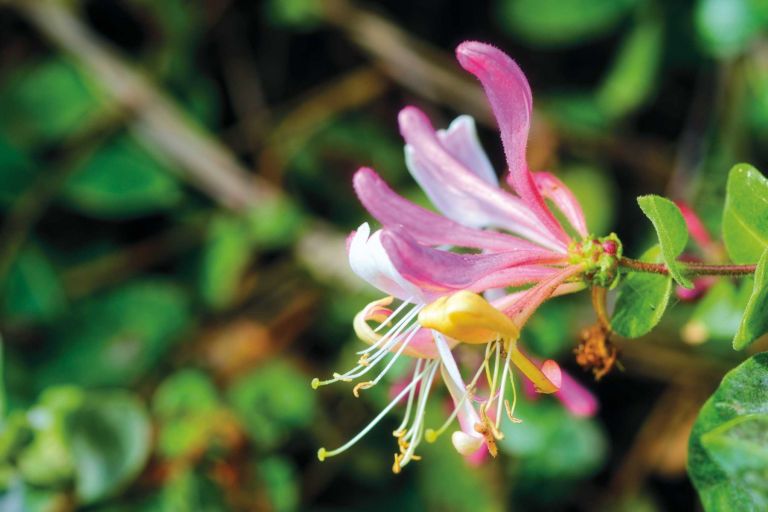
Features
Making a garden that works well and fulfils the required function isn't all about the planting. Some features you'll want to be eye-catching, others will work more subtly to give a sense of airiness without hogging the limelight.
Where to start?
Scented flowers add an extra, immersive dimension to a small garden. Luckily, many of the climbers you might choose to take advantage of height, such as honeysuckle, jasmine or rambling roses, have evocative scents too.
There are plenty of alternatives where grass isn't practical. Alice says "gravel with insets of scented herbs, like thyme and sage, looks and smells good."
Lighting your garden serves both practical and decorative purposes. Illuminating steps or paths mean you can enjoy your outside space after dark, while spotlighting features, textures or specimen plants creates an interesting view from indoors.
Being overlooked by neighbours can be an issue in small spaces. Adding pergolas, arches or trellis allows a spot of privacy, while also providing extra supports for climbers. They let light through, rather than blocking it, for an added bonus.
Features like sculptures, water features, or urns can be substantial and eye-catching without feeling overblown. Sarah's suggestion is: "small specimen trees such as Magnolia Stellata, Acer Griseum or Amelanchier Lamarckii 'Ballerina'. They'll create key focal points when viewed from the house."
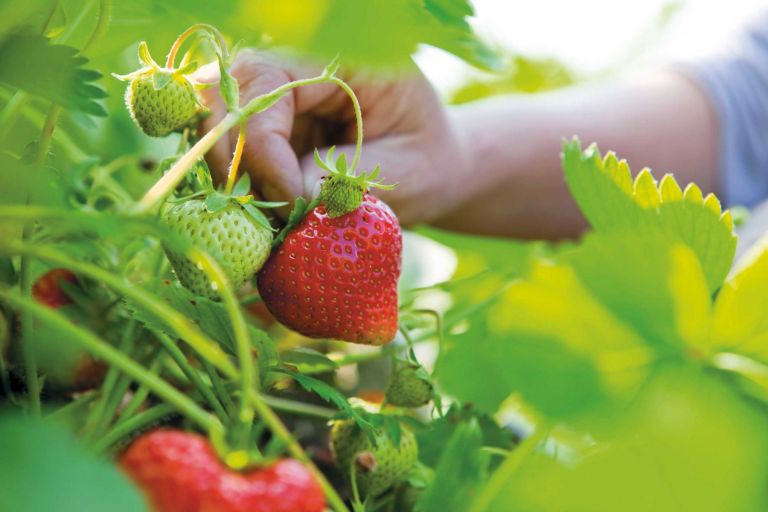
Get the family gardening
Sarah suggests: "Get kids engaged and outside with raised beds for vegetables. These beds are easier to maintain and you can improve the soil by adding composted manure, so you'll get a greater yield from your crops. Beds can be made from treated timber, recycled car tyres, or simply large pots, if space is at a premium. Don't forget to use vertical space – wall-mounted containers with tumbling tomatoes or strawberries are great for both kids and adults."
Alice adds: "A small playhouse doesn't take up much room and a sandpit can become a flowerbed in time. A pergola with a honeysuckle or clematis growing over it can always double up as a swing with a removable wooden swing seat, or use two or three pergola arches as monkey bars! Sinking a trampoline into the ground means it takes up less space."
